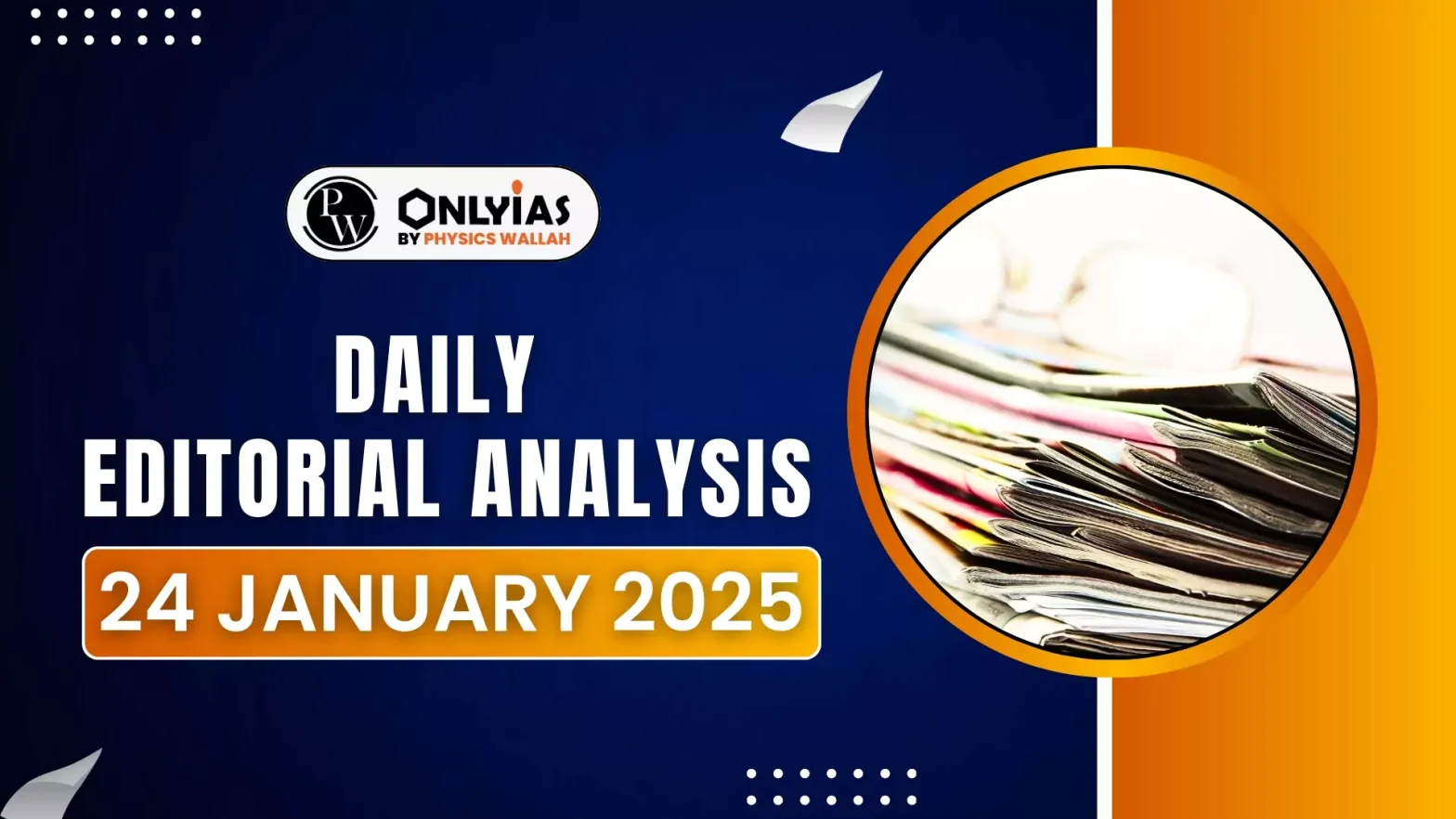Strengthening local governance is essential for achieving a Viksit Bharat.
Role of Panchayats in India’s Development
- Panchayat Raj System: Established as the foundation of decentralised power, emphasizing the need for sustainable development to begin at the grassroots level.
- It is led by the Village Mukhiya (VM) or Sarpanch, Panchayats are vital in translating national goals into local action.
- Significance: Elevating the role of the VM, akin to the PM and CM, supported by robust administrative structures, can enhance grassroots decision-making and improve governance outcomes.
Enroll now for UPSC Online Course
Challenges Faced by Gram Panchayats (GPs)
- Infrastructure Gaps: Lack of functionaries and infrastructure limits planning and implementation capabilities. It leads to underutilisation of allocated funds or misaligned priorities with local needs.
- Dependency on Higher Authorities: Projects are often prioritised by district or state officials, undermining the autonomy of GPs.
- Low Engagement in Planning: Only 7% of Sarpanches independently chose Localised SDG (LSDG) themes using the Gram Panchayat Planning Facilitation Tool (GPPFT).
- 34% of themes were decided by Block officials, 22% by Sarpanches or Sachivs, and 16% by the state.
Way Forward
- 73rd Constitutional Amendment Act (1992): Mandated the transfer of authority over 29 functions to empower Panchayats to deliver services directly to communities.
- Gram Panchayat Development Plans (GPDPs): The Ministry of Panchayati Raj has grouped 17 SDGs into nine themes to align with local priorities.
- GPs are tasked with preparing GPDPs to implement these themes at the grassroots level.
- Last-Mile Convergence: Strengthen collaboration across departments to address multi-faceted issues at the grassroots level.
- Establish a central coordinating body at the village level, led by the Village Mukhiya (VM). Facilitate convergence of funds, functionaries, and administrative support to empower panchayats.
- For example: Anita Devi, Mukhiya of Bhetaura Panchayat (Gaya, Bihar) adopted the ‘Healthy Panchayat’ LSDG theme.
- Collaborated with ASHAs, Anganwadi workers, and Gandhi Fellows to achieve ‘Zero Home Delivery’. Institutional delivery rates increased from 25% to 90% in one year.
- Development of Panchayat Leaders: Build the capacity of 2.6 lakh elected VMs and foster leadership among local youth. Respond to the Prime Minister’s call to involve 1 lakh youth in politics.
- Provide targeted capacity building for VMs and Ward Members to enhance governance.
- For example: Jyoti Behar Devi, Mukhiya of Gumla, Jharkhand banned alcohol in her panchayat. Launched the “Siti Bajo aur School Aao” campaign to boost school attendance. Focused on livelihood opportunities, transforming her community.
- Democratise Data: Equip Village Mukhiyas with real-time access to beneficiary data and scheme details for better governance. Implement technology solutions for real-time data access and analysis.
- Enhance integration of initiatives by the Ministry of Panchayati Raj and the Ministry of Rural Development into planning and execution at the panchayat level.It enables informed decision-making. Enhances transparency and efficient implementation of government schemes.
- Revitalise Village Committees: Strengthen the role of village-level committees in promoting decentralised governance and community participation. Align committees such as:
- School Management Committees
- Village Health and Sanitation Committees
- Jan Arogya Samitis
- Village Water and Sanitation Committees
- Coordination: Ensure coordination and alignment to prevent duplication of efforts.
- Community Ownership: Promote community ownership in development initiatives.
Check Out UPSC Modules From PW Store
Conclusion
By supporting convergence, fostering strong leadership, democratizing access to data, and revitalizing village committees, India can empower Panchayats as pivotal agents of decentralised governance.
Ready to boost your UPSC 2025 preparation? Join PW’s UPSC online courses today!
![]() 24 Jan 2025
24 Jan 2025

